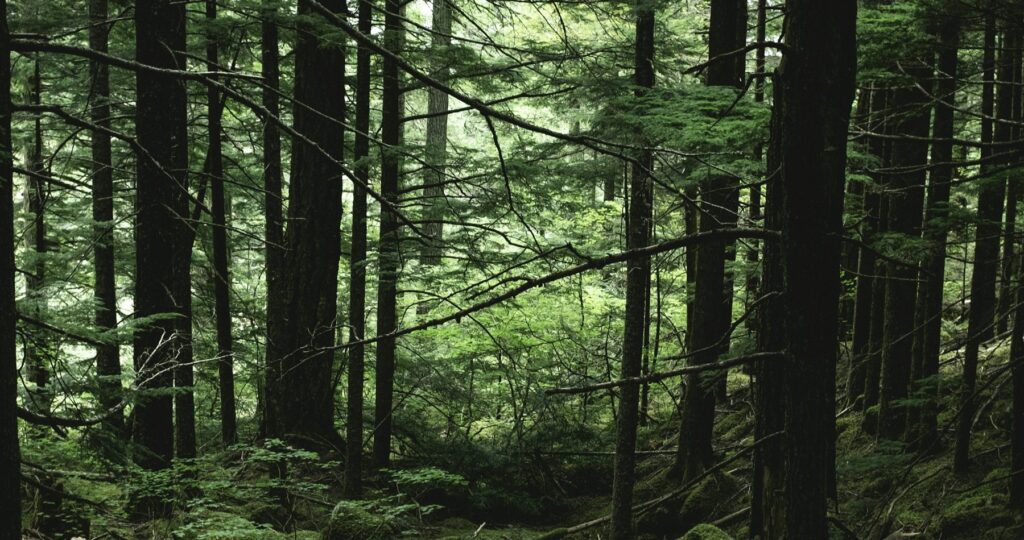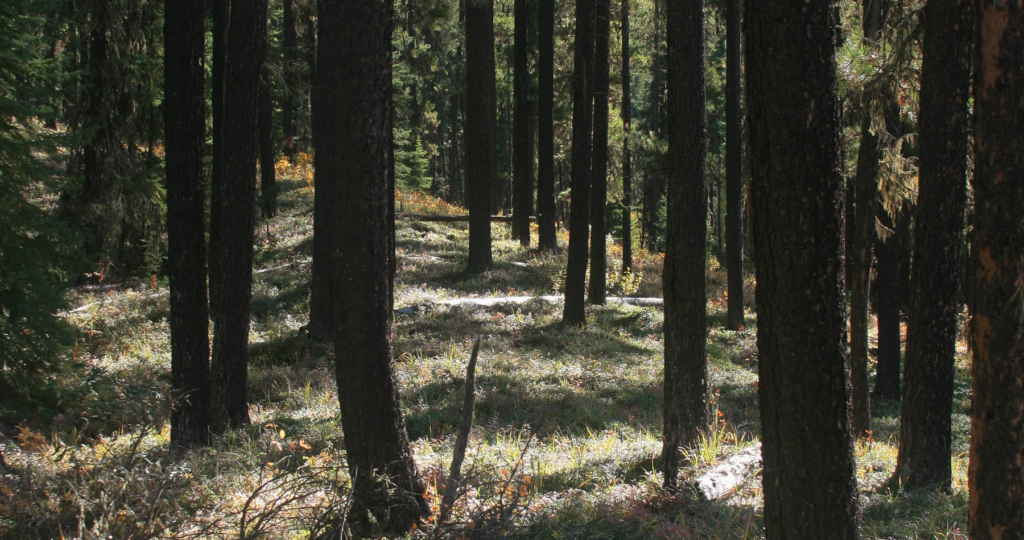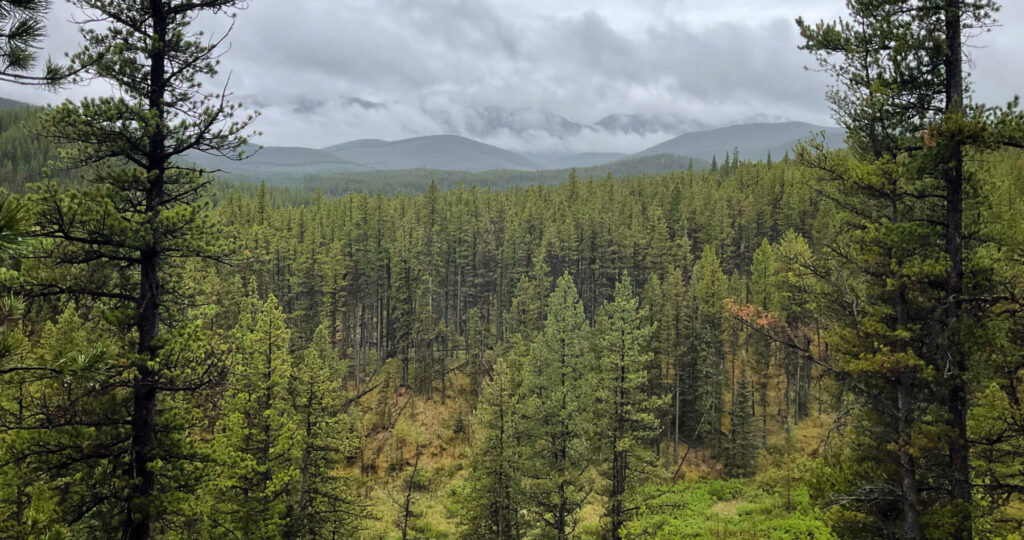Post Category : Heritage Management Local Archaeology
Why is Archaeology Important?
Archaeology provides us with the opportunity to learn about past cultures through the study of artifacts, animal bones and sometimes human bones. Studying these artifacts helps to provide us with some insight about what life was like for people who left behind no written record. In the case of historical archaeology the artifacts can help us to recognize that historic documents often don’t speak for all the people and can provide us with a picture of what life was like for people who are seldom responsible for the written record such as illiterate peasants in medieval Europe and pre-civil war era slave populations in the southern States of the USA.
In Canada and around the world archaeology has been used as evidence in court in the cases of Aboriginal land title claims to corroborate oral histories and to document land and resource use over time. Archaeology can be used to learn about the successes and failures of past cultures and societies. Knowing what has been tried in the past can help us to make better decisions about the future. Learning about archaeology and past lifeways can help to give us perspective about how life was compared to how it is today; this helps us to remember the hardships of people of the past and to recognize and respect that the technologies we take for granted today have been hard won by our ancestors.



